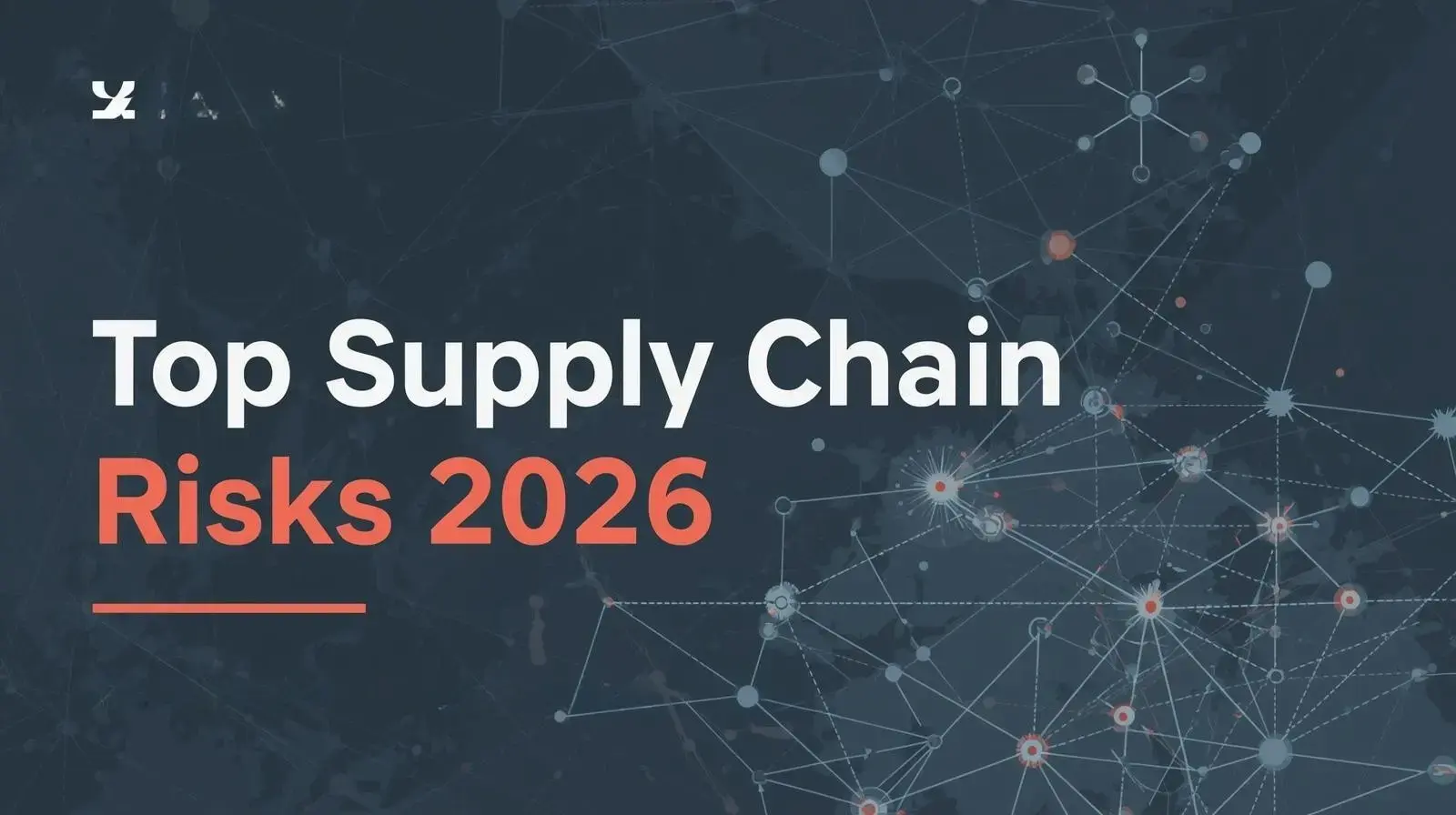In 2026, global supply chains are set to face an evolving landscape of disruptions, marked by increased geopolitical tensions, economic instability, and growing technology threats. Organizations must proactively address these risks to ensure continuity and competitiveness.

Geopolitical and Trade Risks
Escalating trade wars, sanctions, and regional conflicts are major disruptors for 2026. Tariffs imposed on electric vehicles, semiconductors, and key goods have strained global flows. Ongoing canal disruptions and protectionist policies further threaten global supply chain efficiency and lead times.
Economic Instability and Inflation
Elevated inflation, currency fluctuations, and recession fears continue to challenge procurement budgets and margins. Material shortages and volatile commodity prices increase overall operational costs, making it vital for supply chain leaders to adjust strategies and build resilience.
Labor Shortages and Logistics Reliability
Chronic labor shortages, especially for skilled logistics roles, remain a key pain point. Combined with infrastructure breakdowns, extreme weather, and container bottlenecks, businesses risk significant delays and increased costs without robust workforce and logistics planning
Cybersecurity Threats
A 431% rise in supply chain cyberattacks from 2021 to 2023 signals a continued upward trend. As digital transformation accelerates and interconnected networks expand, every third-party relationship becomes a possible vulnerability, with risks of data breaches and costly shutdowns
Single Sourcing and Supplier Risk
Reliance on single-source suppliers or geographically concentrated vendors amplifies vulnerabilities. Events like bankruptcies or regional disruptions can trigger extended bottlenecks and halt production, highlighting the need for diversified sourcing and robust risk management strategies.
Conclusion
To navigate these top risks in 2026, organizations must embrace diversification, digital risk management, and workforce reinvention. Proactive supply chain planning will be essential for long-term resilience and success.